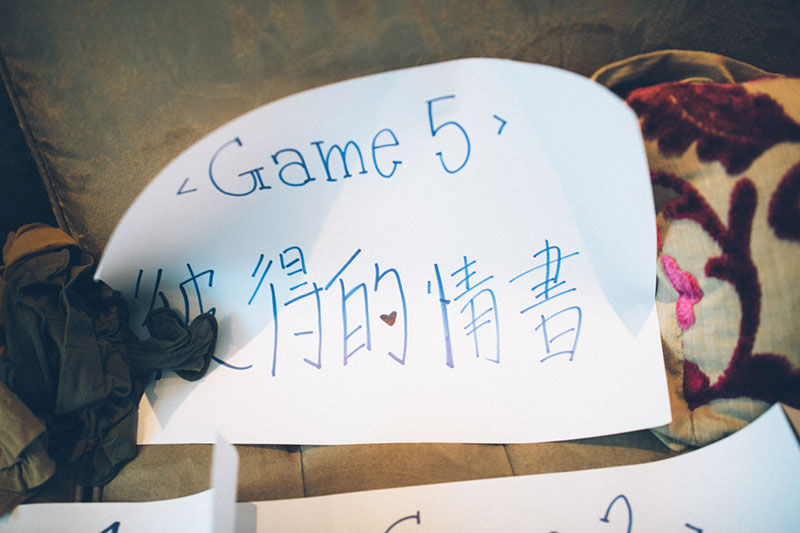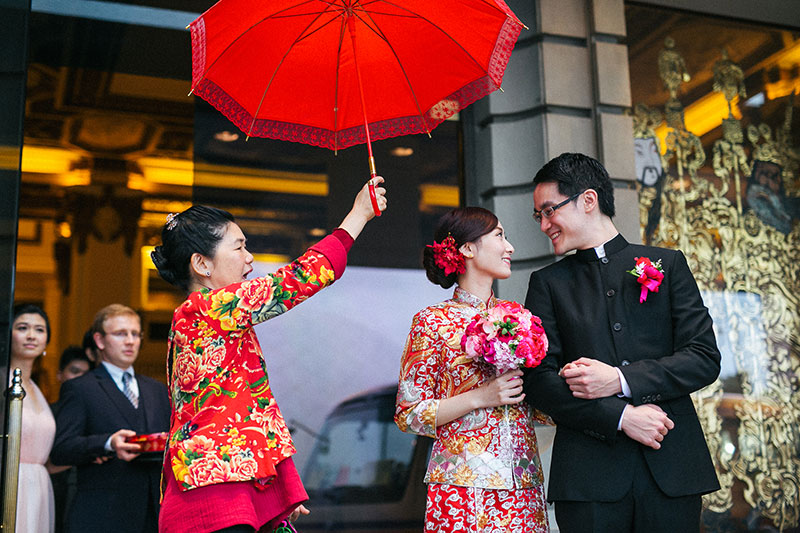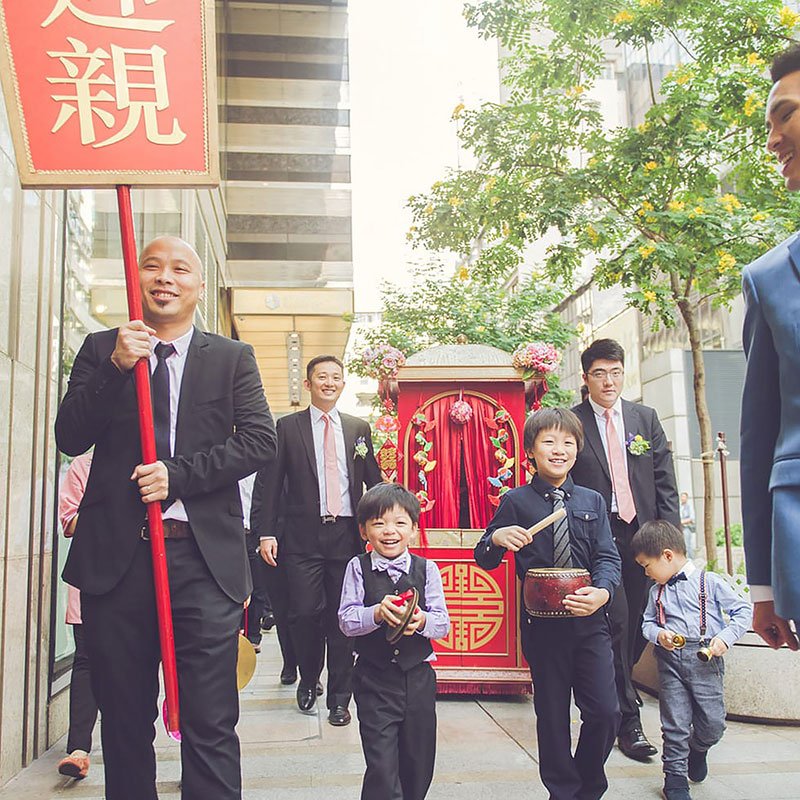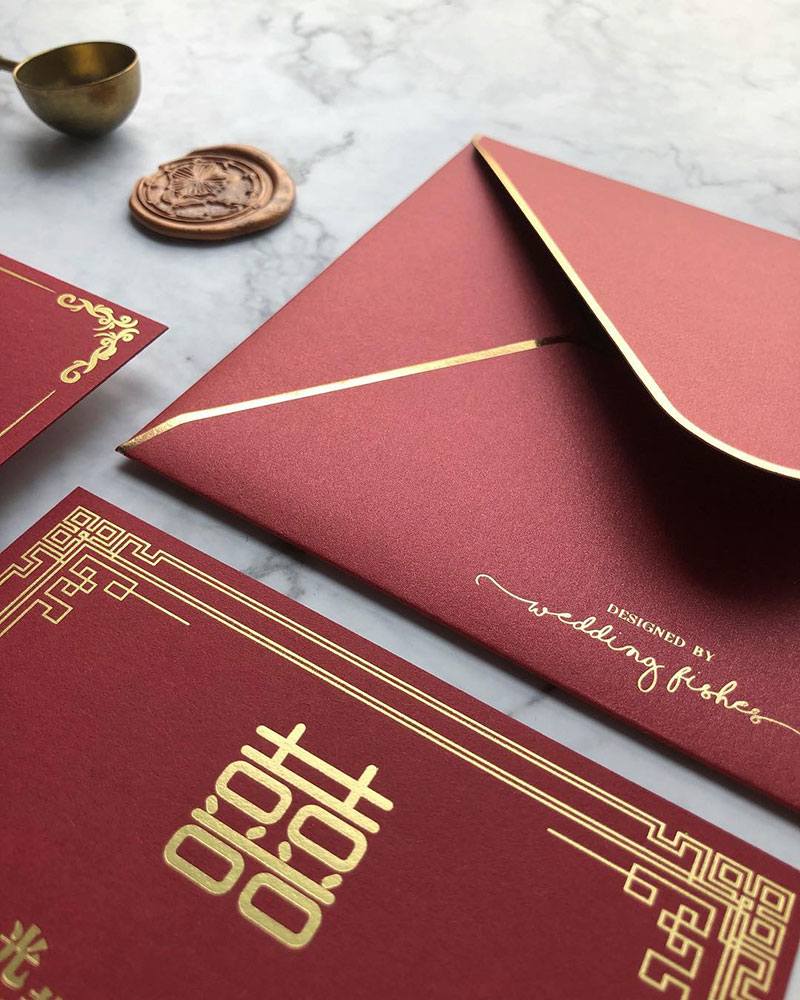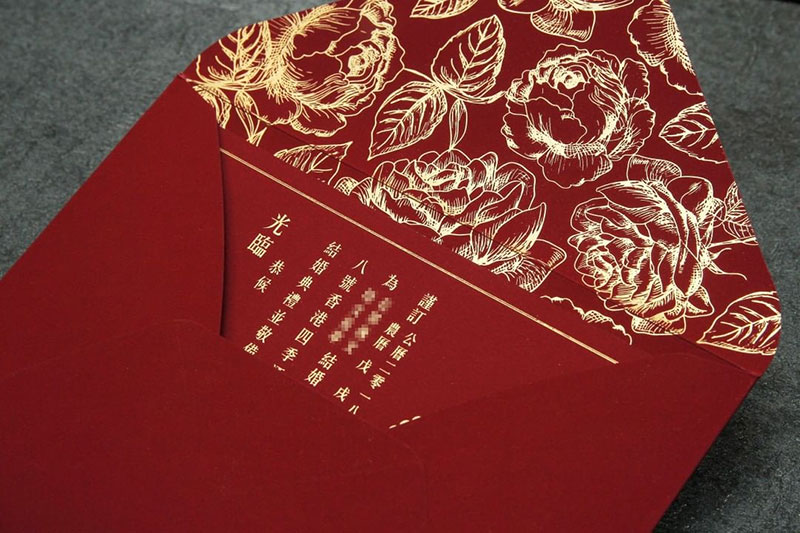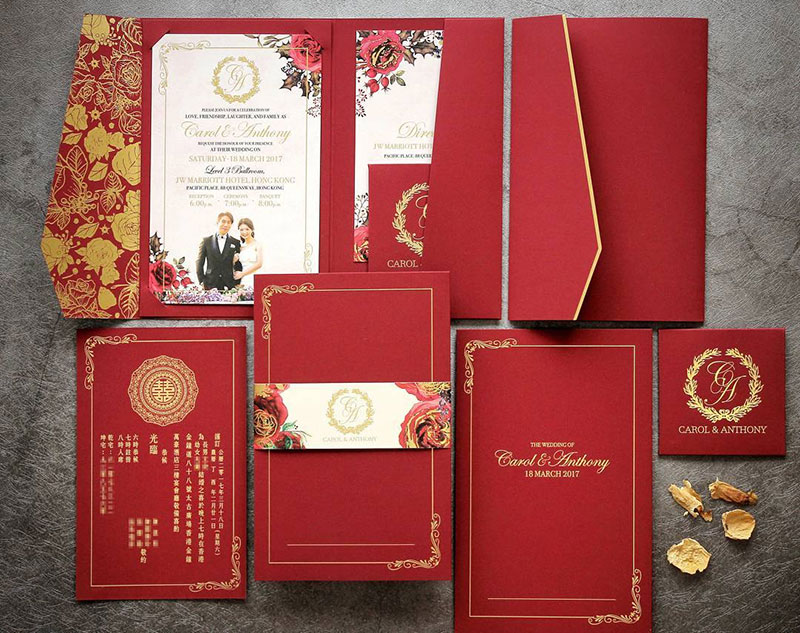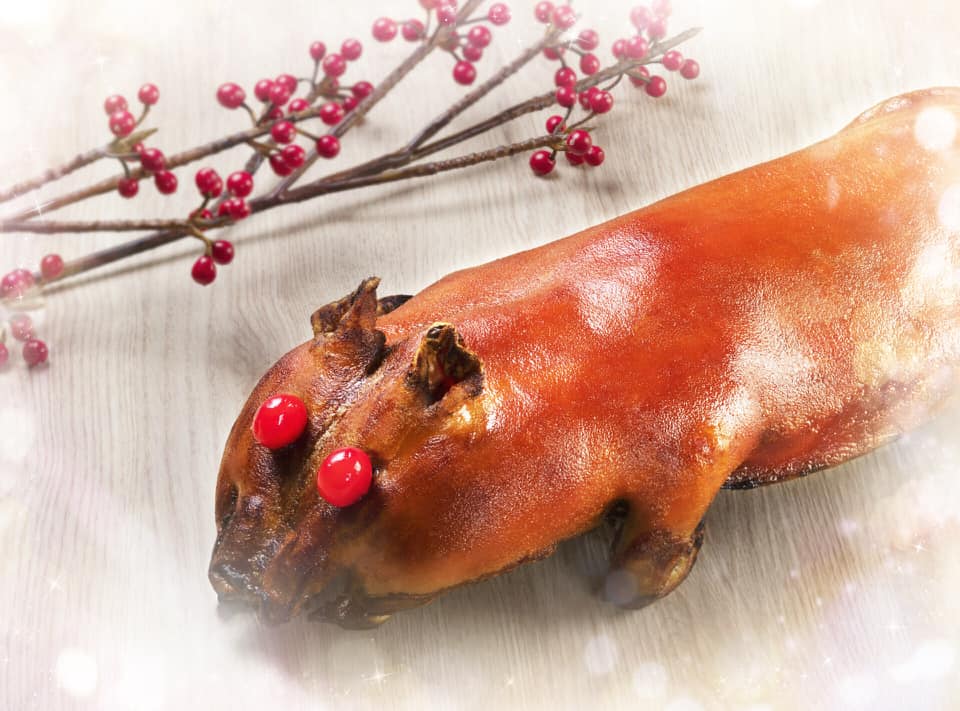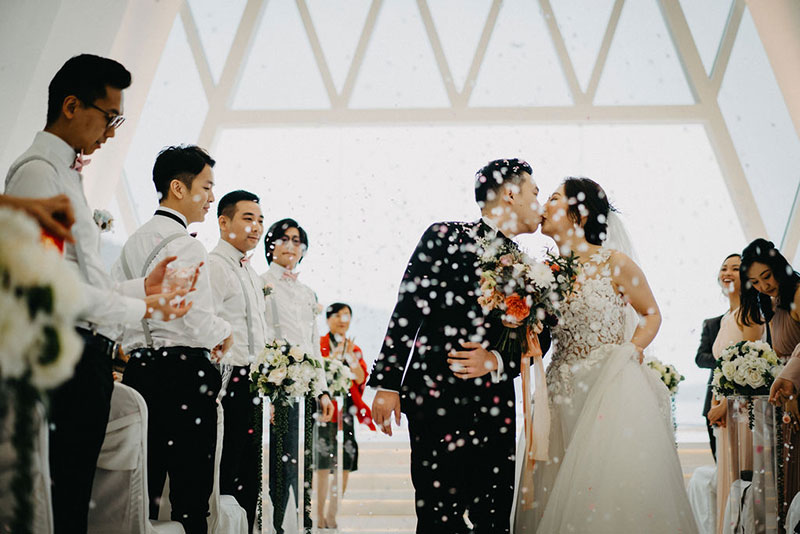[From: This Traditional Church Wedding is Filled with Elegant Details and The Sweetest Moments / Photos: Feel in the Blank]
Chinese wedding traditions are still very important in modern weddings. During ancient times, many practices and rituals were performed. Today, with the advent of contemporary styles of weddings, traditions have been narrowed down to a few key ones which have been incorporated with modern-style wedding day activities. None the less, these traditions are highly esteemed and regarded as vital parts to a wedding. Here are 7 important Chinese wedding traditions every bride must know. You may or may not choose to perform all of these, but it’s good to know them all, their importance, and the significance these bring to your marriage. Read more now.
(1) Picking the Wedding Date
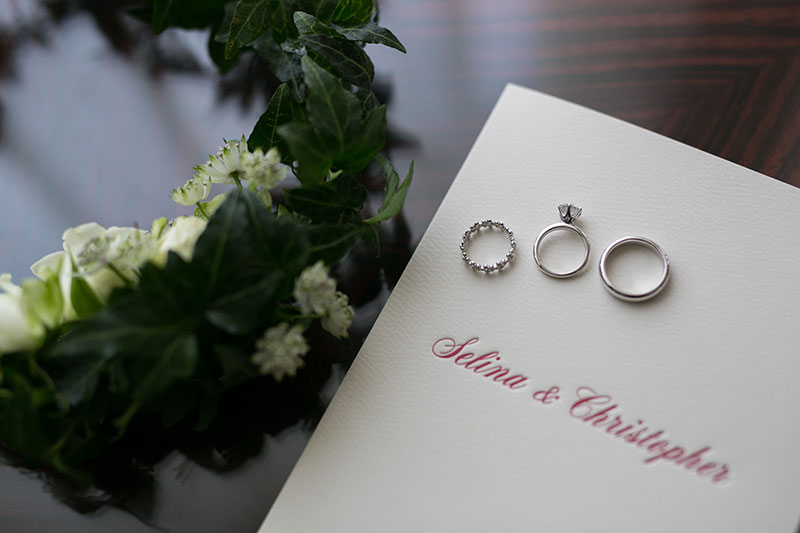
[From: From Here to Eternity / Photo: Patrick Photography]
When picking a wedding date, couples must always consult with a Chinese monk, fortune teller, or a Chinese calendar to ensure that the wedding falls on an auspicious date. Know what dates to avoid and what seasons to stay away from. Be ready with the details your birthday as this is usually used as basis for choosing the auspicious wedding day. Having the right wedding date is believed to aide in the success of the marriage.
(2) Giving and Acceptance of Betrothal Gifts
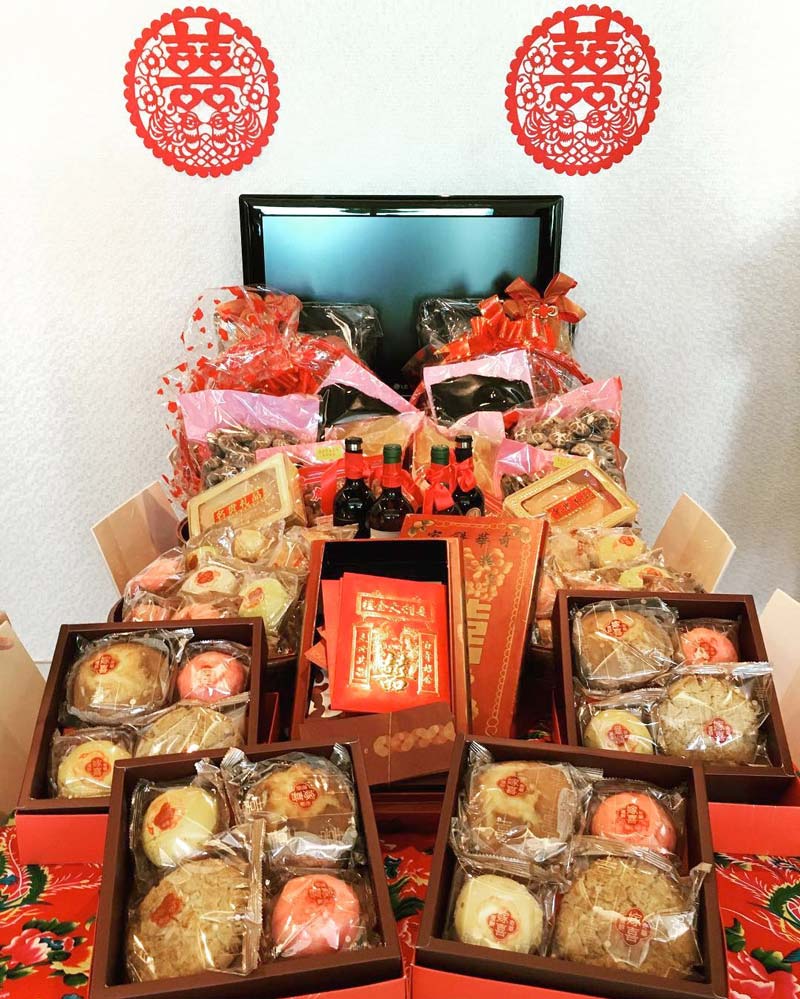
[Photo: Frank Fung]
About two to three months before the actual wedding, the groom will go to the bride’s home to present the betrothal gifts. This betrothal ceremony serves as the groom’s formal proposal to the bride’s parents. The gifts that the groom presents to the bride and her parents symbolize prosperity and good fortune. Alongside the gifts, the groom also gives the bride price, a payment by the groom and his family to the bride’s parents that is handed in a red envelope. Upon receiving the gifts, the bride’s parents formally accept the proposal and agree to leave their daughter in the groom’s care. During this ceremony, the bride’s parents also bestow a dowry to the bride which means that she is given property from her parents to start her new life as a married woman. Finally, the bride’s family give “return gifts”, a gesture that says they wish to maintain a good relationship with the groom’s family.
Gifts of the Groom
• Laisee with betrothal gift money
• 2 pairs of Double Happiness candles (2 dragon, 2 phoenix)
• Roast Pork (Gift for Mother-In-law)
• Hard liquor or red/white wine (Gift for Father-in-Law)
• Traditional wedding cakes (For bride’s family to distribute to relatives)
• 4, 6 or 8 kinds of dried seafoods
• Fruits
• Jewelry (Gift for the Bride)
Gifts for the Bride’s family to return:
• Portion of the bride price received from groom (Usually half will be returned)
• Watch, or cufflinks, or belt, or wallet with Laisee inserted (For the groom)
• Fruits
• Pants (For the groom to have lifelong good fortune)
• Chinese cakes
Dowry from Bride’s family (Groom to bring the items back to the bridal chamber)
• Linen (Pillow covers and bed sheet)
• Bucket and Ruler (To have many children and grandchildren)
• Tea set and pillows (For tea ceremony at groom’s side)
• 2 pair of Chopstick (To have off springs soon)
• 1 pair of Bedside Lamp (To symbolize fertility and wealth)
• 1 Red umbrella (To be left in bride’s home for use on wedding day)
• Clothing and jewelry for the Bride (To always have things to wear)
After the gift-giving ceremony is completed, the formal wedding invitations may now be sent out to the guests.
(3) Installing Newly Wed’s Bed

[Photo: Alicia Shereen ]
At yet again an auspicious date and time (usually 2-3 days before the actual wedding), the bridal bed will be installed in the bridal room by a man of good fortune–one with a living husband, children, and grandchildren. During this ceremony, a woman of good fortune will cover the bed with new, red linen and a plate with dried longans, lotus seeds, red dates, persimmons, and a sprig of pomegranate leaves together with 2 red packets of money is placed on top of the bed. In some cases, a young, healthy boy jumps on the bed as this is believed to help the couple in conceiving children. This ritual is symbolic of a long-lasting union that is gifted with many offspring. Once the bridal bed has been installed, no one is allowed to sit or sleep in it until after the wedding. Read all about this custom–including the do’s and don’ts–here!
(4) Hair Combing Ceremony

[Photo: Heather Jowett]
The hair combing ceremony is a tradition that symbolizes the coming of age and entrance into adulthood of both the bride and groom. This ceremony is usually performed the night before the wedding and takes place in the bride’s and groom’s respective homes. Prior to the actual act of combing the hair, both the bride and groom must first bathe in water with pomelo or pomegranate leaves to ward off evil spirits. After bathing, they change into new clothing and put on new bedroom slippers. The bride must then sit in a room facing the window where the moon is seen or in front of the mirror, while the groom must sit facing the inside of the house. A woman of good fortune must be the one to perform the combing ceremony. If the mothers of the bride and groom meet the criteria, they can perform the ceremony. If not, sometimes a relative may do so. The hair is combed four times, while these four lines are recited simultaneously:
May your marriage last a lifetime
May you be blessed with a happy and harmonious marriage until old age
May you be blessed with an abundance of children and grandchildren
May you be blessed with longevity
After this, the bride and groom must eat glutinous rice balls that symbolize they will have a happy, complete, and lasting marriage.
(5) The Bride Leaves Her Own Home to Go to the Groom’s Home
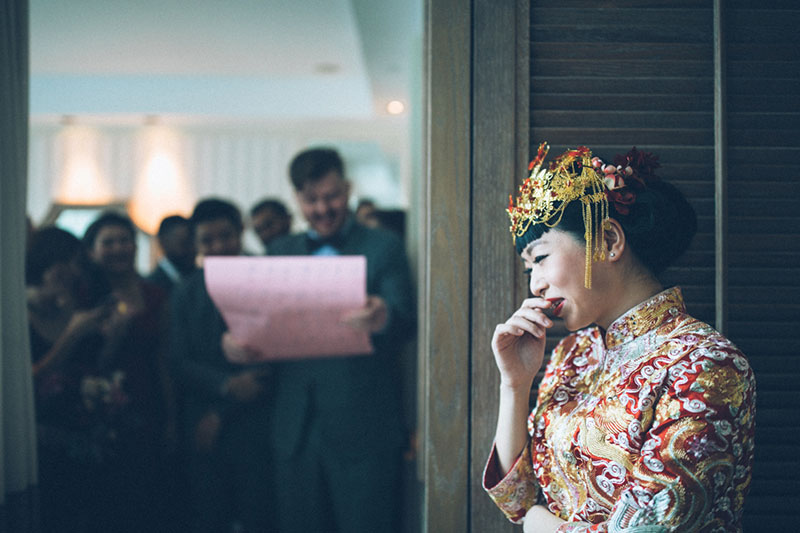
[From: When Love and Art Collide / Photo: Martin Aesthetics]
Before the groom can take away his new wife-to-be, he has to win approval from the bride’s friends and family. Hence, door games are performed in modern weddings. Door games originated from the ancient practices that imply a bride is a prized daughter, and her family does not want to marry her off easily. Therefore, a man worthy of her hand should have to pass certain “tests” (in today’s wedding, these are represented by the games) before he can take his wife. Click here for some examples of some door games.

[From: Sweet Garden Solace / Photo: Patrick Photography]
When the groom surpasses all the tests and finishes all the door games, the bride finally comes out of the room and proceeds to the car while a bridesmaid holds a red umbrella over he head to protect the bride from evil spirits. Then rice is thrown over the umbrella and the bridal car to attract good luck.
(6) The Chinese Tea Ceremony
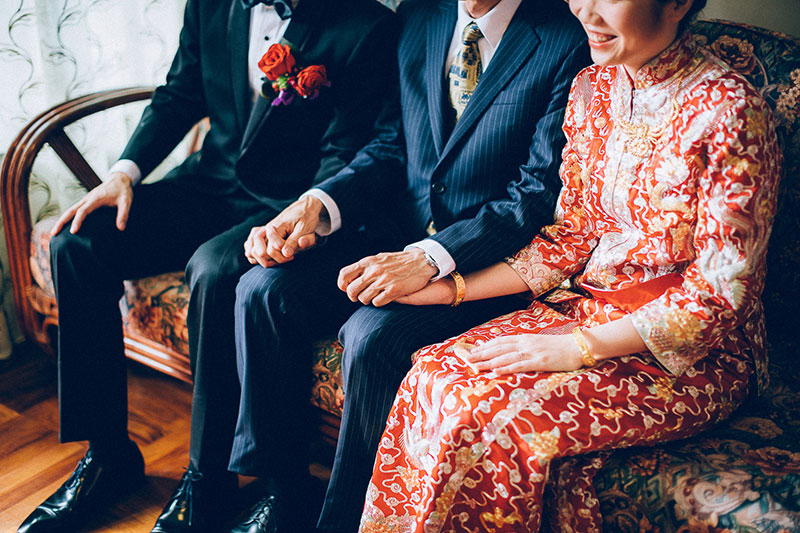
[From: The Beginning of Eternity / Photo: Moments and You]
The Chinese tea ceremony is the most important wedding tradition because it’s the time that the bride and groom pay respect to their parents and express their gratitude for the many years under their wing. First, the couple will serve tea to the bride’s parents, followed by the bride’s other family and relatives. After this, they proceed to do the same with the groom’s parents and relatives.
(7) The Bride Goes Home with the Husband on the 3rd Day
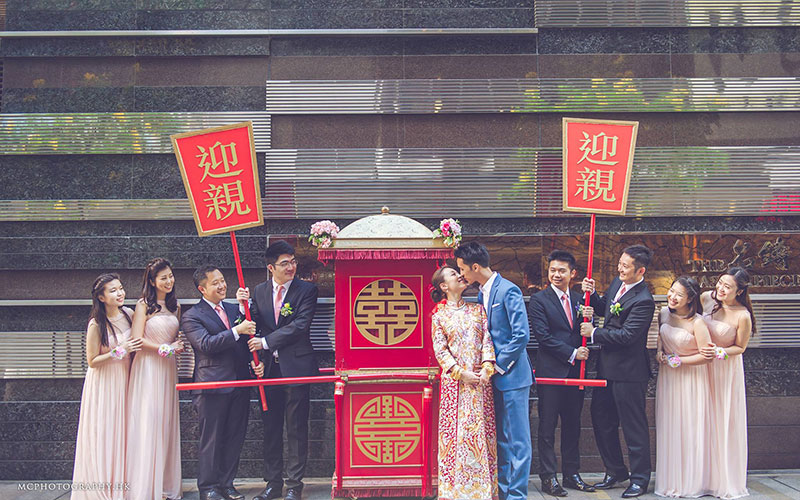
[From: Ravishing Romance / Photo: MC Photography HK]
Three days after the wedding, the bride goes home to visit her parents to tell them that she is in good hands in her new home, and that she is well taken care of by her new family. Because this is the bride’s first visit after the wedding, it is a special event for her parents and family. The couple is usually welcomed with a mini banquet where a baby pig is prepared to symbolize the bride’s purity. The bride and groom also bring gifts for their parents and family members.
Nowadays, some couples prefer to hold his on the same day of the wedding ceremony. After the tea ceremony, they go back to the bride’s home to have lunch there.
(8) Wedding Invitations
Wedding is not just about the two of you, it also involves your beloved ones witnessing the everlasting love between you and your future husband. Therefore, sending invitations to your friends and family is also an important part of Chinese weddings. Usually, the invitation is usually designed in red, with gold lettering featuring the double happiness sign.
[Photo: @weddingfishes]
[Photo: @ppweddingdesign]
(9) Auspicious Colors and Symbols
Red and gold are considered auspicious colours in the Chinese culture. Red symbolises passion and love, whereas gold signifies affluence. Therefore, these two colours are usually adopted in Chinese wedding designs. In addition, the dragon and phoenix are also lucky symbols that are usually present in Chinese weddings.
[From: Loads of Sunshine and Laughter Filled This Blush-Themed Wedding at My Seasons Hotel / Photo: Koody Pixel]
(10) Visiting the Family of the Bride
The newlywed couple should visit the bride’s family three days after their wedding day, in which the groom should bring one roasted pig for the mini banquet gathering. This shows that the groom is happy with his bride and is a sign of gratitude to the bride’s family.
[Photo: AJ Wedding Macao]
We hope this feature gave some insight to and appreciation for these wedding customs. It’s best to go over them with your husband-to-be and family so you can incorporate these into your preparations, if ever.
Sources: Chinese Wedding Guide, Singaporean Lifestyle, Top Photography, Wedding Chinese








